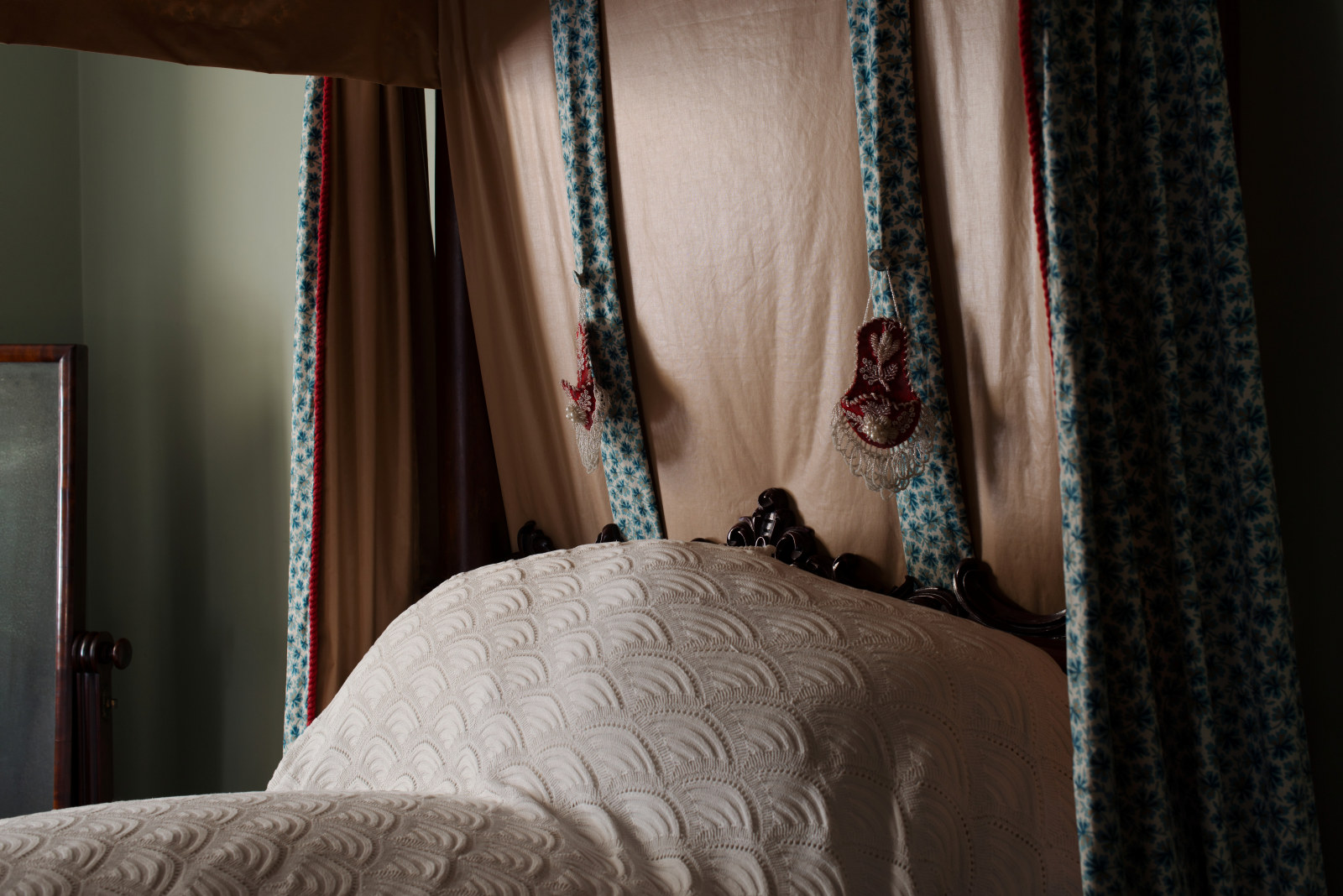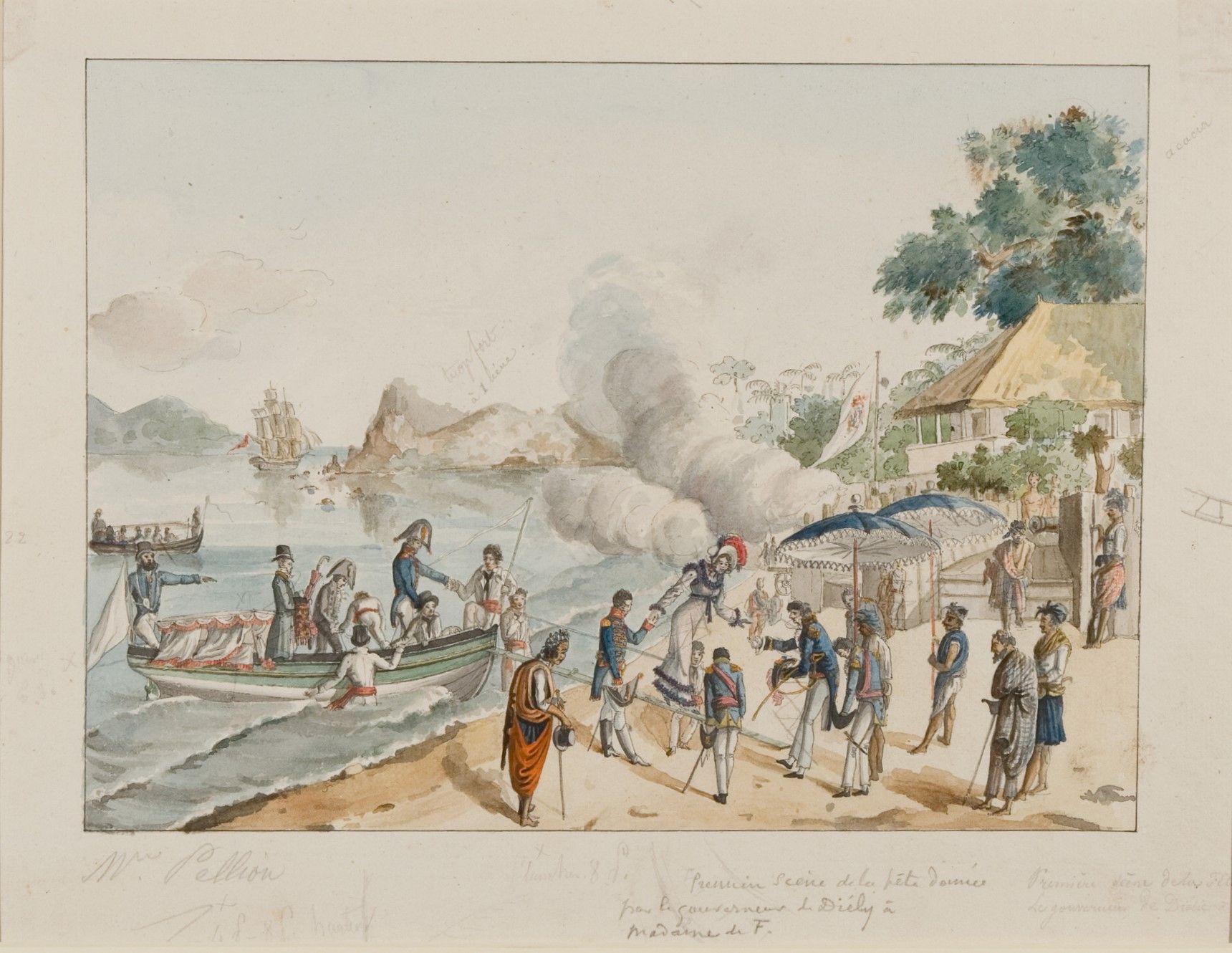Members Hour: Caroline Simpson Library
Welcome to Members Hour: Caroline Simpson Library
The Caroline Simpson Library is a specialised library dedicated to the history of the home in NSW. Its collection spans from the late 1700s to the present, encompassing homes, gardens, and domestic life of Australia.
This year is a significant one for the Caroline Simpson Library, marking both a 40- and a 20-year anniversary. Established in 1984 as the Lyndhurst Conservation Resource Centre, the library was renamed in 2004 in recognition of the extraordinary cultural gift donated by the children of Caroline Simpson OAM (1930–2003) to the Historic Houses Trust of NSW (now Museums of History NSW).
Members will be treated to a special viewing of material from Mrs Simpson’s collection relating to the voyage of Rose de Freycinet aboard the French scientific vessel Uranie in 1817–20. There will also be a chance to view rare books, trade catalogues and objects from the library’s unique collection.
Members enjoy 10% off dining and retail at the Bullion Store.
Caroline Simpson Library
The Mint, 10 Macquarie Street, Sydney NSW 2000. Phone +61 2 8239 2233- Cafe
- Wheelchair accessible
- Wednesday 29 May 10am–11am
Caroline Simpson Collection stories
Browse all
The Astor, 1923–2023
Upon completion in 1923, The Astor in Sydney's Macquarie Stree twas the largest reinforced concrete building in Australia, the tallest residential block, and this country’s first company title residences

City of Gods, my early experience and toy boat
Inspired by a watercolour of the ruins of the temple of Vishnu, refugee curator in residence Jagath Dheerasekara writes about Devinuvara as a site of pilgrimage, colonisation and uprising

Watch pockets
Watch pockets hung on the head cloth of a four-post bedstead and originally served in place of bedside tables, which were uncommon in the 19th century
